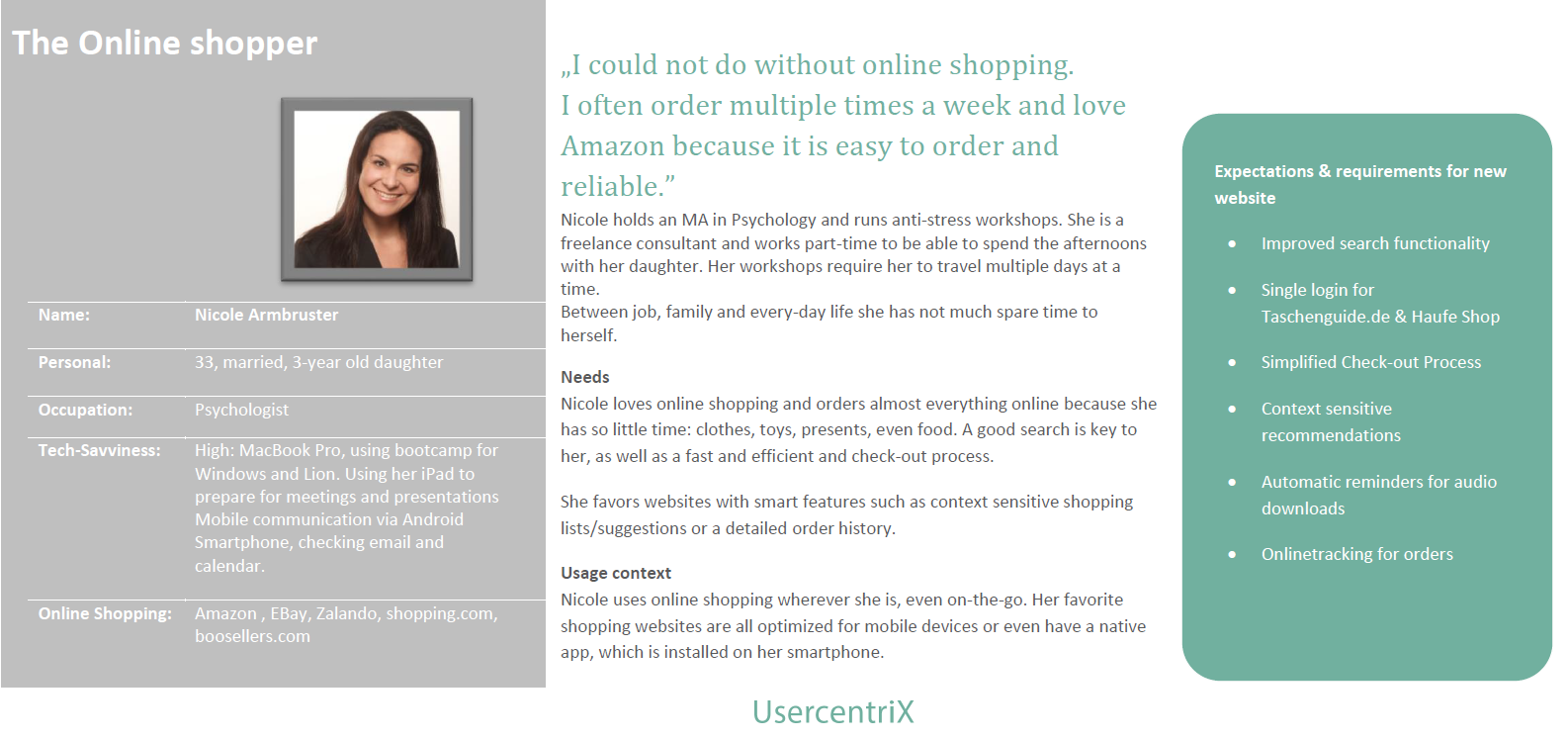Expert-based methods

Expert-based research methods are completed by an experienced UX & Usability expert, who is trained and experienced in the field and analyses the product based on expert knowledge of usability heuristics and guidelines.
 Expert evaluation
Expert evaluation
Deciding upon and creating the structure of a website, software or application, the actual flows and ways of navigating through content (information architecture) can be tricky, especially, when a site or software is large and rich in content (or ‘historically grown’). It is easy to get lost in the task and lose users’ perspective. Having an external expert review your product will help to ensure that the structure and navigation make sense.
In an expert evaluation, the UX expert reviews a product from the user’s perspective by completing typical user tasks, but with the knowledge of usability heuristics and principles. This analysis can also be the basis for creation of the interview manual for a subsequent usability test.
 Needs, requirements & context analysis
Needs, requirements & context analysis
User interviews are one-on-one sessions, in which the interviewer explores the needs or requirements people may have or the contexts they are in while or before using a product. The interviews can take place in cafes, people’s home or work space or while outside. It really depends on the intent of the research. In addition to voice or videos recordings, photos, digital diaries or apps can be used to collect and analyze the data.
The results are captured and summarized in a detailed report. Knowing your customers and/or users is essential and will give you a perfect base for any (re-)development or design process.
 Target audience segmentation research
Target audience segmentation research
Sometimes it is difficult to know, who your customers or users are. In order to find out, various research methods can be used. Target audience research can include desk research and analysis of web statistics or previous market research data. It can also use the results of online surveys or user interviews. The UX expert will review the required material and define the target audience groups for a specific product, outlining relevant characteristics, needs, usage scenarios and typical tasks. One way of visualizing the analysis is by creating a persona.
 Usability-Workshops
Usability-Workshops
In an individual in-house Workshop customized to the needs and experience of the team, team members will learn how to plan, prepare and conduct research as well as data analysis. Workshops can be organized in person or virtual and ensure a high level of quality for research in the company. Contact me for an individual offer.
 Persona research & creation
Persona research & creation
A well-done persona is ideally NOT made up, but based on actual target audience research and summarizes the characteristics of a specific user group. Personas can help a team to make design or feature decisions by making it easier to ‘put on the user’s hat’ and discuss how a feature would be used by a specific persona.
The following shows an example of a needs persona, focusing on a user group’s basic characteristics, resources, needs and pains:

